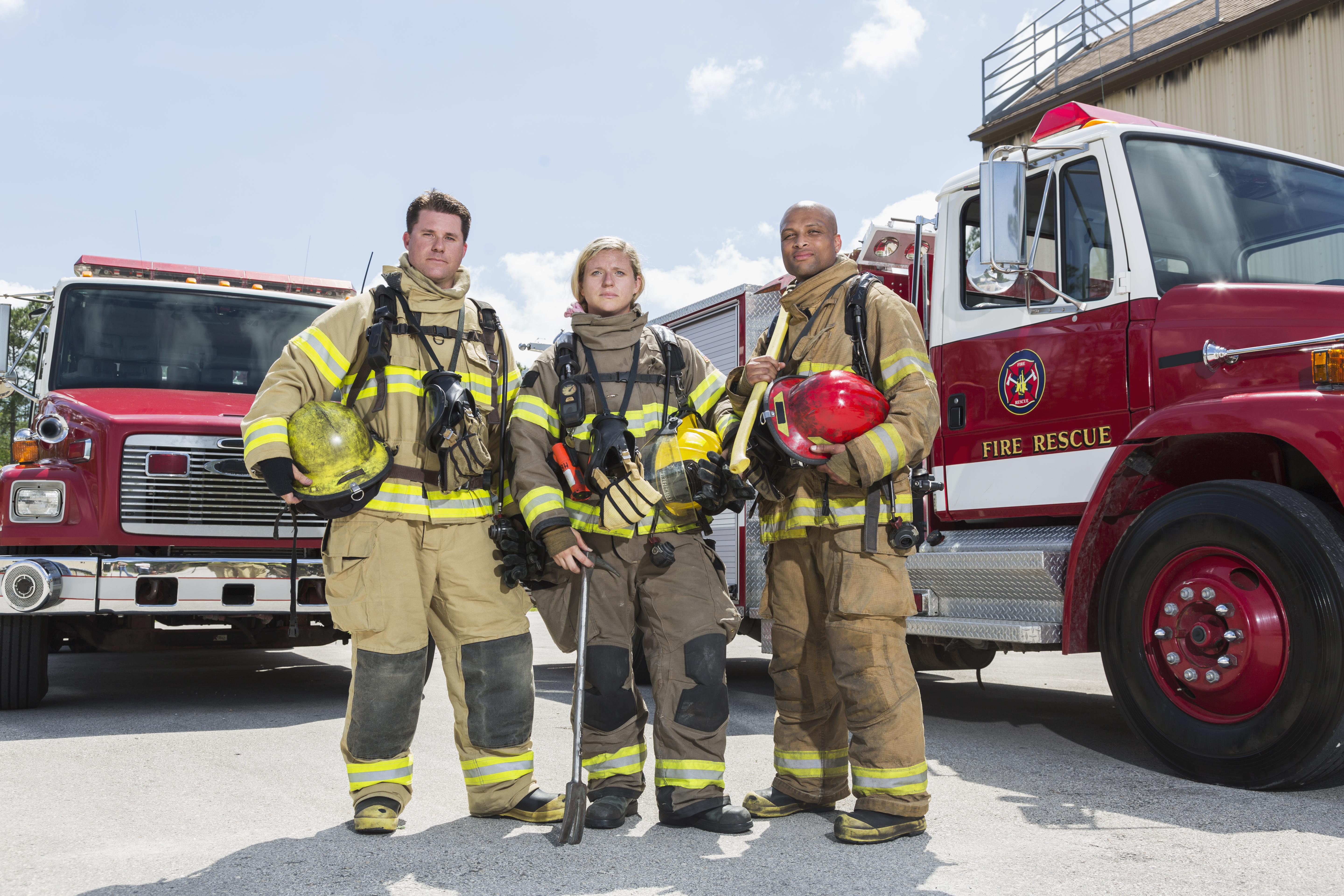Providing first responders with business, operations, HR and safety tools
When a call comes in to a fire department or emergency medical service (EMS), it’s never good. There’s a fire, a health emergency—an unexpected crisis that could end in tragedy.
First responders in our community face these situations every day, with every single phone call. They take great personal risk to serve others, and the liabilities associated with “business as usual” for first responders demands loyal protection.
In our communities, many firefighters and EMS personnel are volunteers. They have other full-time jobs but take time out of their personal lives to give back to the community in an immeasurable way. What can we do to support the people who make a choice to dedicate their free time to saving the lives of others?
First responders are intentional in the how they give their time to save lives. Deeley Insurance Group is intentional in how we provide the tools, resources, and safety net that helps them do their jobs.
Emergency Business
These organizations are run like businesses because of the high operational costs. When expenses increase—as they have recently—first responders rely on loss control resources to stay on budget and keep our community safe.
Beyond budgets, police, fire, and rescue workers are dealing with business-related human resources issues. To protect the people who protect our communities, departments should require ongoing training and periodic evaluations. We help first responders establish standard operating procedures so they can focus on their mission.
Mental Preparedness
This line of work requires mental focus and stamina. We provide training support to first responders so they can feel confident when they are on duty. Dispatch training ensures they have protocols in place to prepare and arrive on the scene safely. Traumatic stress counseling and other specialized training prepares first responders for difficult circumstances faced in the field.
A Ready Resource
Fires, floods, medical emergencies—whatever the crisis, these brave individuals arrive on the scene ready to help. They give their time, resources, and mental energy because they want to. They find purpose in serving people. Deeley Insurance Group is incredibly proud of the first responders in our communities, and providing them with the support, training, and tools to continue their work is an honor. It’s one way we can be the responder—and we take that job seriously.
Safely MOVE OVER
Keep our Emergency Workers and First Responders SAFE Along the Roadside
- Always Give Your Full Time and Attention While Driving
- Slow Down and Give the Roadside Emergency Workers as Much of a Safety Cushion as Possible
- Signal Your Lane Change and Move Over Into the Next Lane in the Same Direction Only if Able to Do So Safely
A law requires drivers approaching from the rear of an emergency vehicle using visual signals while stopped on a highway to, if possible, make a lane change into an available lane not immediately adjacent to the emergency vehicle.
This movement should only be done if another lane in the same direction is available and the move can be made safely and without impeding other traffic. If moving to another lane away from the stopped emergency vehicle is not possible, the law requires drivers to slow to a reasonable and prudent speed that is safe for existing weather, road, and vehicular or pedestrian traffic conditions.
The intent of the “Move Over” law is to provide an extra barrier of safety for police officers, firefighters, emergency rescue personnel, tow truck drivers, and others working along Maryland roads.
Maryland’s Move Over law has expanded on Oct. 1, 2018 to now include transportation, service and utility vehicles, as well as waste and recycling trucks, with yellow or amber flashing lights or signal devices.









